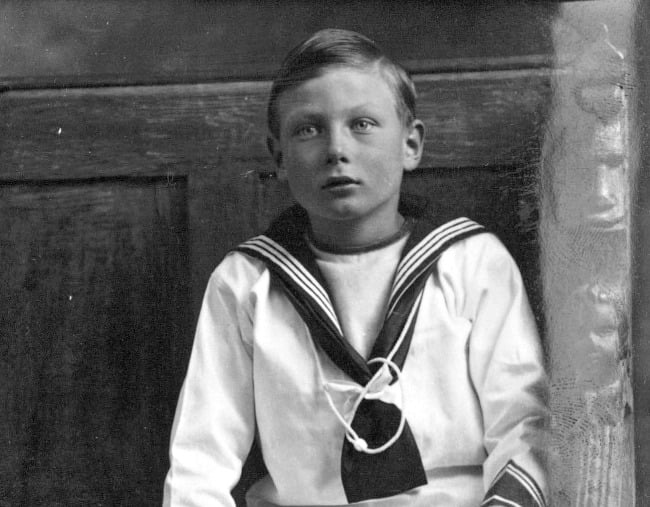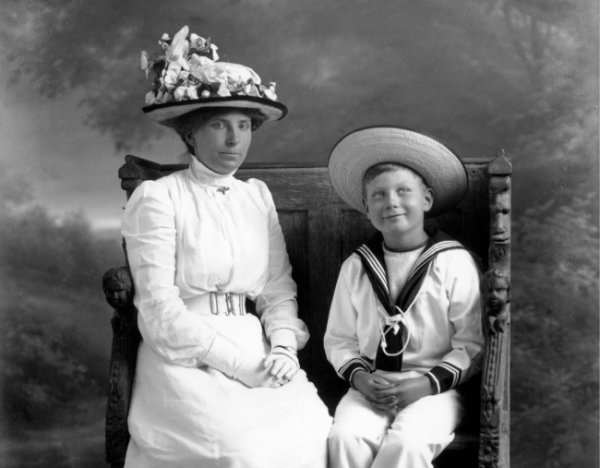
To catch up on all things royal family, make sure you check out our Royal Hub. We’ve got you completely covered.
He was born into royalty in 1905. The youngest child of King George V of the United Kingdom and Queen Mary. He was a Windsor. Sixth in line to the British throne. Brother to Prince Edward and Prince Albert, two men who would both later become King.
But His Royal Highness Prince John is also known by another title. The Lost Prince.
For as he approached his teenage years, the young Wales vanished from the public eye. Confined to a cottage in a secluded corner of Sandringham Estate, in Norfolk; away from Royal duty, away from school, friends, even family, all due to something far beyond his control.
Epilepsy.
Prince John was diagnosed with the condition in 1909, and though he reportedly spent his early years in relative normalcy, his seizures became more frequent and more severe as he got older.
By 1915 he was sent away to live at Wood Farm, Sandringham, under the care of his governess Charlotte Bill. By 1916, he rarely left the estate.



Top Comments
Being a Mother of a 14 y/o son who has epilepsy and autism, I've often wondered what would happen if a Royal gave birth to a child with special needs. Here's the answer. A similar thing happened to Rosemary Kennedy who was forced to have a frontal lobotomy to help 'fix' her mood swings. The poor woman probably had BPD and needed proper care. The Royal family are so highly revered but are not necessarily great role models when it comes to being kind and humane to those who need our help and understanding. Diana seemed to be an exception to this rule but when the fear of poor public perception gets put above basic decency, then there is a problem. I wonder how Kate and William would respond if Prince John had been born to them now?
Completely differently given it’s 2018 not 1906.
Given the time this doesn’t really seem particularly harsh. If he was autistic it would have been cruel to bring him up to be a ‘working’ royal with constant public appearances. Giving him a country home with kids he could play with and governess who had probably taught him since childhood and was something like a mother seems like a reasonable response. I suppose the other option was Eton or another royal boarding school which doesn’t sound fun at all. Or putting him in a hospital his whole life.
I suspect that now Kate and William would be quite open if they had a child with health issues, as much as was appropriate for the kid, given they have both spoken publicly about their mental health issues had desire to support their kids should they ever need treatment. But I’m also not sure I’d be that keen for any famous parents to expose their child’s health diagnosis to the public before they were old enough to consent.
Prince Edwards letter is horrible but Prince Edward was horrible to and about everyone.